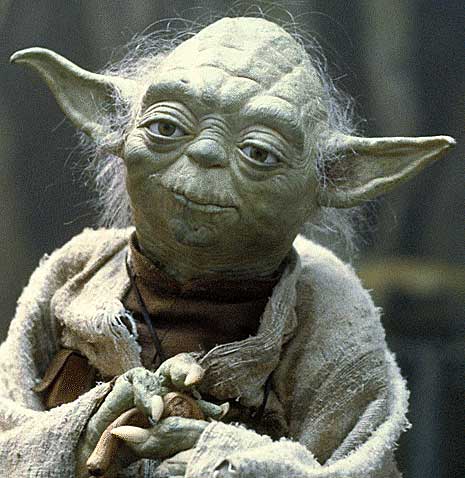Do you really need to memorize another kicking system? 3 fouling you is hard enough already...
Holy SHITE...... He lives folks...... :thumbup:
That never stopped you from trying though did it ya #!*%$#......... :thumbup:
Do you really need to memorize another kicking system? 3 fouling you is hard enough already...
Good question.Apologize for hijacking the thread, but along these lines, how many of you find a kicking system to be really that helpful?
Reason I ask is personally I find the variables so situational (table conditions, speeds, spins, etc.) to execute each specific shot properly that a system is not much help.
While it is true that every table plays different, some systems take that into account to make them more accurate; hence some system tell you to use 1 tip of running English, etc.
That being said, it is your responsibility to test the table out before you play on it. I shoot a few bank shots, a few multi-rail kicks, etc. on tables I'm not familiar so I know how the table plays according to the systems I use.Then I adjust from there by increasing my speed, using more or less spin, moving over an inch or two from the original system shot line.
Again though, it is your responsibility to test out a table before you play on it.


Apologize for hijacking the thread, but along these lines, how many of you find a kicking system to be really that helpful?
Reason I ask is personally I find the variables so situational (table conditions, speeds, spins, etc.) to execute each specific shot properly that a system is not much help.
That is the one! Thanks Scott!
How does he get 3-0? What tells you its on 3? Looks like either 2.25 or 3.8 how I count diamonds? How does 3 get called out?
He's not. I don't know why the 3-0, is there but if you look at it it's going from 4 to 0 and tracking towards 4 again.
As for the 1 at 2 hitting 3. He's using the rails as the points and not the diamonds.
This looks like the Plus System that Dr. Dave describes here:This is a situation where knowing a kicking system helps because I know the definite tract that will head towards this cluster and break them out. It'd be very easy to get up and shoot the one ball and kinda guess about what you need to do to break that cluster out but I'll lean on a system for precision here.

This looks like the Plus System that Dr. Dave describes here:
http://billiards.colostate.edu/threads/banks_and_kicks.html#Plus
I use it often.
pj
chgo
View attachment 55402
How does he get 3-0? What tells you its on 3? Looks like either 2.25 or 3.8 how I count diamonds? How does 3 get called out?
See, this is why Im thinking there is something missing. The diagram that I drew and attached looks just like the one in the video, but I still think something is missing compared to the original diagram I saw. The end rail had 2 sets of numbers IIRC, and you added or subtracted depending on which direction you go.
This system is highly sensitive to speed and spin. If the cb is too close to the end rail etc, the rail will put running english on the ball etc. So its best used as a starting point.
I wish I could find the original diagram......
what does iirc stand for??

If I remember correctly.......... It means............
